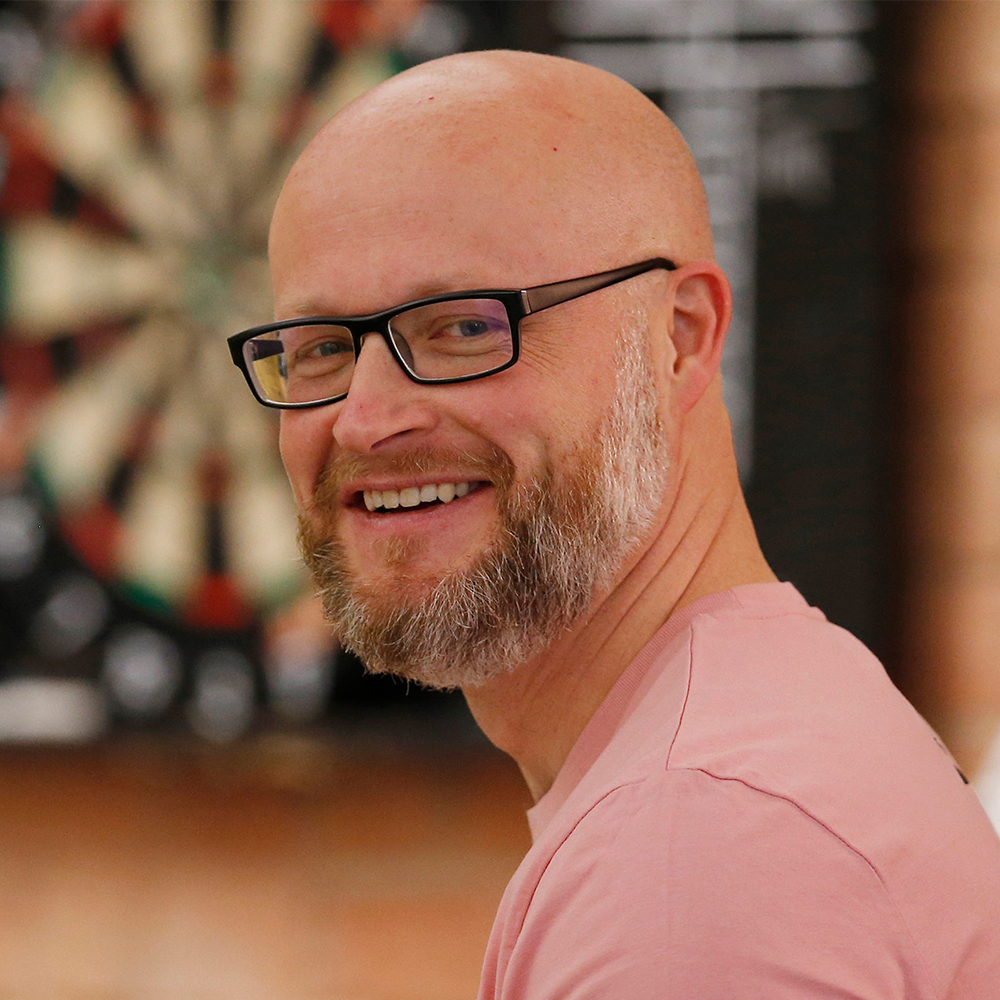New Year, New Website? 5 Things to Consider

With the new year fast approaching, now’s the time to take stock of your website and consider whether it’s meeting the needs of your business and end user. But a new website is no small undertaking, and should be approached with a clear idea of what you want it to achieve.
Here, we explore key considerations for planning a new website, with developer insights on why a headless architecture could be your ideal solution.
Security
Hackers often target websites running old, vulnerable versions of a traditional CMS. Alternatively, they go after a common admin URL that 99% of people use to gain access to your data. If you’re not careful, you can very easily have a GDPR issue in the form of a data breach, which needs to be reported to the ICO. This can be costly in time and may result in a fine. With a headless framework, though, there is nothing on the front end website to hack. Content and customer data sits independently, and only you have access to it.
“Headless architecture separates the back-end from the front-end using an API. Any changes to content mean that the front-end is regenerated, pulling the new content from the API and re-building the front-end statically. Because of this, visitors to the website don’t make any calls to the backend using their browser, a place that potential hackers would look to infiltrate with a more traditional monolithic architecture.” – Lee Boothroyd, digital director
Flexibility
We’ve been championing component or block-based websites for a while now, even with traditional CMS websites such as WordPress. But with headless, this type of design and build comes into its own. What’s more, with a headless CMS like StoryBlok it’s so simple to create new pages from your component library. Rather than duplicating an existing page to add content, you can create your own new pages from the library. Super easy to use and massively flexible.
“Front-end frameworks that are typically used to interface with a headless CMS are built with the expectation that you could source data from multiple places. An ecommerce store for products, a CMS for content, a platform for reviews, and so on. This flexibility means if you decide to swap out one of these data sources in the future, there’s nothing stopping you from doing so. A traditional architecture is not built for this – your data (and the presentation of that data) is stuck in one place.” – Jason Scarfe, senior web developer
Speed
Users will rarely wait for slow-loading websites: the faster, the better. In fact, we’ve seen clients’ conversion rates double by improving speed alone. But in a world of ever-increasing impatience, speed isn’t just essential for keeping users engaged with your site – it’s also a Google ranking factor.
Headless really frees up the potential of the front-end website. The code base and overall file sizes are minimised here, therefore speed is optimised. Because the front-end of your site is built statically, there are no server calls to be made by the browser when someone loads your website. That means there’s no wait-time for the server to respond and render the front-end, as is the case with a traditional architecture.
“Lightning fast load speeds of the web app in post-production also improves SEO and the marketing side of the business!” – Vlad Nikolov, web developer
Maintenance
To maintain security on traditional CMS’, versions need to be updated to patch vulnerabilities. This often leads to problems and bugs that then have to be fixed, which means time and money spent on repairs.
Headless is the new-gen solution for both clients and developers. The new web architecture greatly decreases the need for updates and database maintenance, ultimately saving resources on both sides. Integrations with third party applications become much easier, and for both the front- and back-end components, the speed of initial development is increased.
“Headless means less things to manage, less things to break, less time to load, and a much more streamlined and flexible development process that’s quicker and easier for multiple developers to jump in and out of.” – John Bell, senior web developer
Future-proofing
Headless offers the possibility to feed multiple front-end websites or platforms from one source of data. This approach suits brands that might sell products on multiple websites under different brand names. Alternatively, you might have one content hub feeding separate websites in different languages. Even if you only have one front-end website with headless, you wouldn’t ever need to migrate data again. Whenever you want to change the front-end site, your content can stay where it is.
If you want to keep up to date with the crew, don't forget to sign up to our newsletter to benefit from digital marketing expertise, as well as exciting opportunities to improve your business' performance.

Written by Lee Boothroyd
Digital director and The Bigger Boat co-founder, Lee has more than 20 years’ digital experience under his belt and heads up the five-man web development team.
News and insights
How to prioritise marketing activity (and maximise ROI)
Knowing where to direct marketing efforts can feel overwhelming. Steal proven tips from our experts to make confident decisions that boost your bottom line.
Read moreNews and insights
Mastering your customer journey with the COM-B model
Explore the key factors that influence customer behaviour and map a journey based on action, not assumption, using the COM-B model in your marketing strategy.
Read more